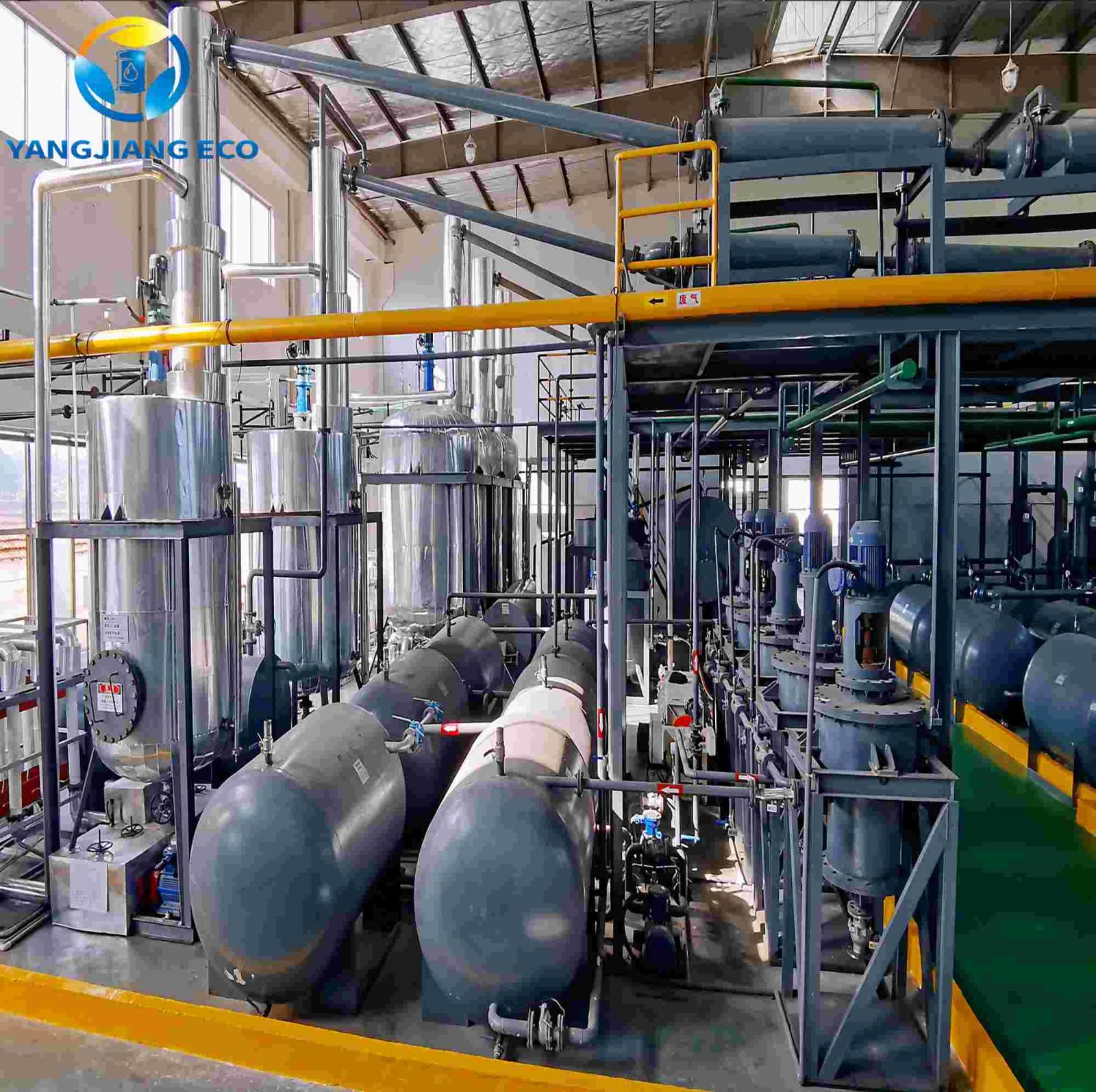Notifications

3 minutes, 10 seconds
-18 Views 0 Comments 0 Likes 0 Reviews

Base oils are a critical component in lubricant manufacturing, classified into different groups based on their refining processes and performance characteristics. Among these, Group II and Group III base oils are highly refined, offering superior oxidation stability, viscosity index, and lower sulfur content compared to Group I oils. However, the quality and efficiency of solvent extraction machines play a crucial role in determining the final properties of these base oils.
Solvent extraction is a key refining step that removes undesirable components (such as aromatics, sulfur, and nitrogen compounds) from lubricant feedstocks. The efficiency of this process directly impacts the purity, viscosity index (VI), and oxidation stability of the final base oil.
Group II Base Oils: Produced through severe hydrocracking and solvent extraction, these oils have higher saturates (>90%) and lower sulfur content (<0.03%). The solvent extraction machine must efficiently remove impurities to meet these specifications.
Group III Base Oils: These undergo even more rigorous processing, often involving severe hydroprocessing and advanced solvent extraction, resulting in ultra-high VI (>120) and near-zero sulfur content.
Extraction Efficiency
A well-designed solvent extraction machine maximizes the removal of aromatic compounds, which degrade base oil performance.
Poor extraction leads to higher aromatic content, reducing oxidation stability and VI.
Solvent Selection & Recovery
Common solvents like NMP (N-Methyl-2-pyrrolidone) or furfural must be efficiently recovered and recycled.
Inefficient recovery increases operational costs and can leave solvent traces in the base oil, affecting quality.
Temperature & Pressure Control
Optimal temperature and pressure settings ensure maximum impurity removal without cracking desirable molecules.
Poor control can lead to inconsistent VI and higher sulfur content, downgrading Group II oils to near-Group I quality.
Advanced solvent extraction machines with real-time monitoring and AI-driven adjustments ensure consistent Group II/III quality.
Manual or outdated systems risk batch inconsistencies, leading to off-spec oils.
The design and efficiency of solvent extraction machines significantly influence whether a base oil meets Group II or Group III specifications. Advanced extraction technology ensures higher purity, better VI, and longer lubricant life, while outdated systems may compromise quality. As demand for high-performance lubricants grows, refiners must invest in modern solvent extraction designs to stay competitive in the premium base oil market.

